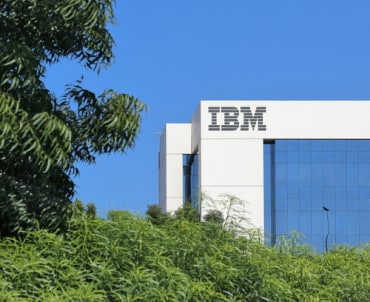
SAP’s new Logistics Business Network, announced at MWC 2018, will enable companies to manage a digital supply chain in real-time.
SAP at the Mobile World Congress 2018 conference this week revealed it is building a Logistics Business Network that will enable companies to manage a digital supply chain in real-time.
The goal is to make it possible for organizations to dynamically switch between suppliers as business conditions and terms change, says Tanya Rueckert, president of the Internet of Things (IoT) and Digital Supply Chain business unit at SAP.
“For the first-time companies will be able to act in real-time,” says Rueckert.
SAP declined to reveal when the Logistics Business Network will go live, but the company has been previewing it with customers.
Rueckert says the Logistics Business Network is an outgrowth of the investments the company has been making in SAP Leonardo, a collection of best practices and development kits SAP has created for building IoT applications.
See also: SAP HANA to refocus on streaming analytics
SAP this week also announced an additional alliance with Deutsche Telecom. SAP is integrating its application programming interfaces (APIs) with Internet of Things (IoT) devices from Roambee Corp. that can be attached to the carrier’s wireless networks. Deutsche Telecom (DT) is a reseller of Roambee IoT devices and holds an equity stake in Roambee. The goal is to use Roambee devices to track goods as they are being shipped. That capability will cut down on both theft as well as provide alerts in real time to shippers should any damage occur.
The biggest issue with digital supply chains may not involve technology but rather processes. Companies participating in the network will have to adjust to freely sharing what many consider to be proprietary information, says Rueckert.
Sharing or real-time data in a supply chain network is also going to change the way contracts are structured. Today most organizations sign long-term supply contracts regardless of how many quantities of an item might be available. Real-time analytics would not only enable the buyer to know this information at any time, they could also track the components that make up the goods being purchased. A shortage of one of those ingredients would then automatically be factored into supply chain forecasts.
Impacts on accounting to be determined
It’s not immediately clear how a shift to real-time supply chains would affect accounting practices. Most companies pay suppliers on 30, 60 or 90-day terms. But as real-time sharing of data occurs across the supply chain it’s like payments would also be accelerated.
SAP also envisions enabling organizations to keep track of where components and ingredients are being sourced to make sure contracts comply with Fair Trade mandates that promote, for example, sustainable farming.
The Logistics Business Network is part of SAP digital supply chain strategy that encompasses everything from employing augmented and virtual reality software to build “digital twins” of physical things such as an aircraft engine to blockchain databases to provide an immutable record for transactions.
Obviously, it’s going to take some time completely re-engineer supply chain processes. But the days when companies had little to no visibility into their supply chains are coming to an end. In it’s place will be supply chains based on real-time information that is continuously updated for all to see and share.






























